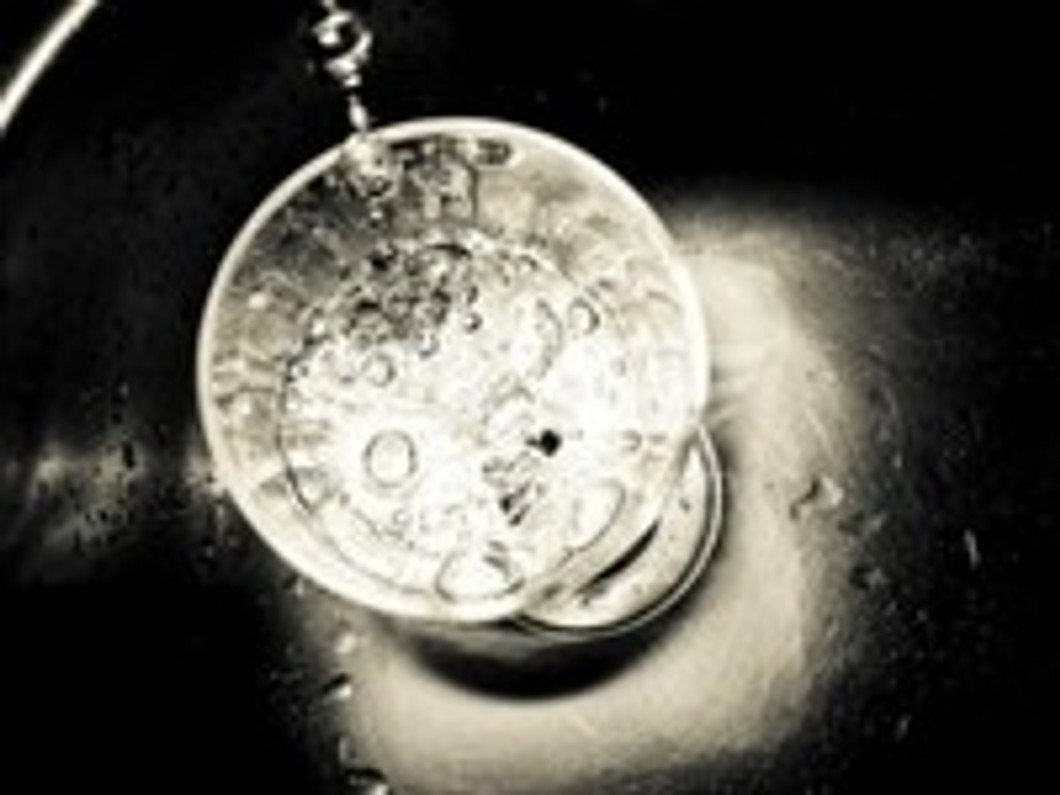What's In Your Tap Water?
The human body requires about eight, 8-ounce glasses of water per day to remain hydrated and function properly. If you're satisfying your body's H20 needs from the faucet, you should read what I'm about to tell you. Tap water is both cheaper and much more environmentally friendly when compared to bottled water, but it may contain some dangerous, hidden contaminants. To learn more about the content of tap water and steps you can take to make it safe, keep reading.
The Environmental Protection Agency (EPA) is the federal body responsible for monitoring the country's tap water. In response to a severe typhoid fever outbreak at turn of the 20th century, the EPA began chlorinating the country's tap water to help reduce the spread of disease. Before tap water was chlorinated, nearly 1 in every 1,000 Americans fell ill to the potentially deadly disease known as typhoid fever. Thankfully, these numbers significantly declined in the years that followed.
While chlorination of tap water dramatically reduced the number of typhoid fever cases along with several other viral and bacterial diseases, it didn't completely eliminate them. The EPA has a set of standards for which microorganisms and contaminants are allowed in the country's tap water, along with how much. Some of these standards cover the following:
- Cryptosporidium
- Giardia lamblia
- Bromate
- Chlorite
- Arsenic
- Asbestos
- Barium
- Cadmium
- Chromium
- Copper
- Nitrate
In addition to the chemicals and elements listed above, there are several other tap water contaminants that tend to go unnoticed. Fertilizer, for instance, oftentimes makes its way into the municipal tap water system. Farmers use nitrogen-rich fertilizer on their crops, and when a heavy storm rolls through, some of this fertilizer may wash into nearby streams, rivers, lakes or other water systems before making its way into your home.
Pesticide is another contaminant that's commonly found in tap water. Just as rain washes away fertilizer, it can do the same to pesticide. Consuming small amounts of these chemicals probably won't cause much harm, but drinking tap water contaminated with pesticide and/or fertilizer day after day will eventually take its toll on your body. This is why it's important for individuals and families to follow some basic guidelines with their tap water.
Tap Water Safety Tips:
- Replace the faucet screen on a regular basis (minerals and contaminants may build up over time).
- Use a filter to remove impurities.
- Run the faucet for 10-15 seconds to 'flush' pipe water before drinking.
- Never drink tap water that smells like rotten eggs, copper, or pungent.
Recent Posts
-
Fire Safety in the Workplace: What You Need to Know
What steps are you taking to prevent fires in your workplace? According to the U.S. Occupational Saf …Aug 23rd 2023 -
Is It Safe to Go Jogging With a Cold Infection?
If you're suffering from a cold infection, you might be wondering whether it's safe to go jogging. T …Aug 22nd 2023 -
5 Safety Tips to Follow When Using a Powder-Actuated Tool
Powder-actuated tools are commonly used to join materials to steel and concrete. Also known as Hilti …Aug 20th 2023




